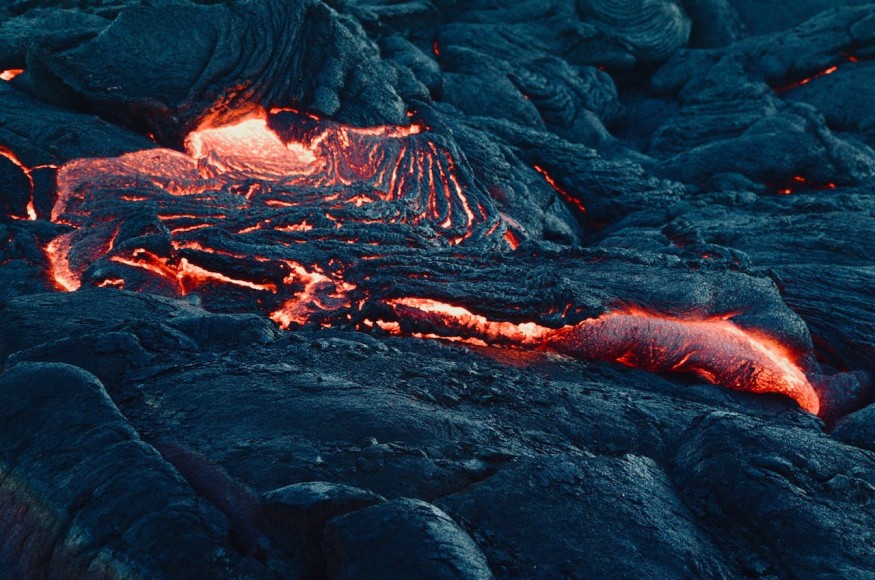A new study examined Romania's Ciomadul volcano and stressed how volcanoes that have remained dormant for long periods quickly and powerfully erupt.

Examining Dormant Volcanoes
The Ciomadul volcano is one of Europe's youngest volcanoes. It has not erupted for around 30,000 years. With sophisticated geological analysis, a European scientist team uncovered insights regarding the volcanic activity cycle experienced by the volcano through millennia.
More specifically, the researchers wanted to examine eruption-type changes over a prolonged period, starting from the subtle effusive to the deadly explosive. The effusive refers to lava's steady flow downhill, while the explosive is the sudden lava and gas release at intense pressure.
Szabolcs Harangi, a geochemist from Eötvös Loránd University, explains that the volcano has experienced several prolonged dormant periods throughout its lifespan of almost a million years. However, even after tens of thousands or over 100,000 quiescent years, volcanic eruptions began again.
The researchers studied the minerals and crystals within Ciomadul's volcanic rocks. These rocks carry water content and chemical composition that could impact the conditions for eruptions to form and when their creation took place.
In the past, the researchers were able to establish that there was a previous period of effusive eruptions. Now, in the recent study "Constraints on the pre-eruptive magma storage conditions and magma evolution of the 56-30 ka explosive volcanism of Ciomadul (East Carpathians, Romania)," they focused more on the period of recent and explosive eruption, which was around 56,000 years ago to 30,000 years ago.
Erupting Sleeping Volcanoes
The analysis revealed two zones of magma, one upper and one lower. The upper zone was around eight to 12 kilometers deep, while the lower was 16 to 40 kilometers deep. The magma entry into the surface may depend on the magma recharge origins.
If it consists mostly of melted lithospheres, the chemicals could allow a slow release. However, chemistry turns more explosive if an oceanic slab is part of the mix.
The researchers note that the increased water content and crystallinity of the emerging magma from the recharge zone would have played a vital role in switching from effusive explosions to explosives after a roughly 10,000-year break.
Barbara Cserép, a geochemist from the university, explains that the recent eruptions resulted from explosive eruptions that were more dangerous than the active episode before them. Hence, knowing the reason behind the eruption style changes is crucial.
While the volcano does not appear to erupt soon, the case study may still be useful. For one, it could help spot imminent eruption signs, as the best way to stay safe amidst a volcanic eruption is to know the early warning signs.
RELATED ARTICLE : Using Laser on Volcanoes Could Provide Clearer Data To Help Forecast Eruption Patterns and Changes
Check out more news and information on Environment & Climate in Science Times.










